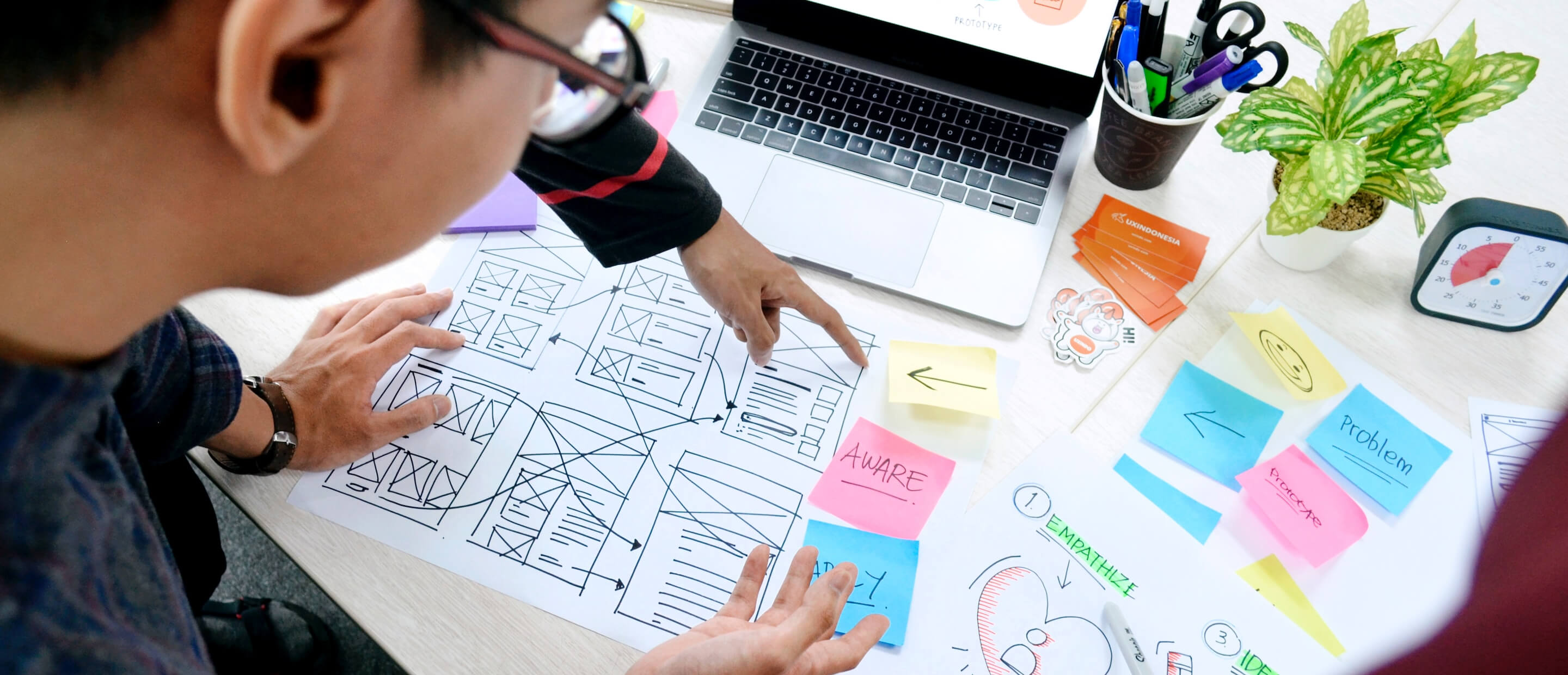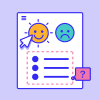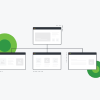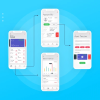UX strategy
Develop strategies to enhance overall UX for improved product value.
Reached Product-Market Fit? We help you to scale your product without scaling the problems.

Identify and refine with UX audits.
Continuous improvement through iterative design.
Inclusive design with accessibility emphasis.
Optimize for a faster user experience.
Conduct audits, embark on iterative enhancements, and prioritize accessibility.
Our comprehensive approach provides actionable improvement strategies, ensuring your product exceeds evolving user satisfaction standards in every aspect.
Undetected UX issues hinder growth and adoption.
Accessibility gaps exclude potential users.
Falling behind trends lowers perceived value.
Failure to address design bottlenecks disrupts user experience.
Elevate your product by refining user experience, boosting accessibility, and staying ahead of trends. Our approach focuses on continuous improvement to create a seamless and enjoyable user experience that exceeds expectations.
1
Complete projects
32
Hours of practice
Qualitative & quantitative methods, interviewing, diary studies, experimental design, lab research, usability testing, statistics, interactive data visualization.
Experience in setting up UX Operations with a Lean UX approach and the collaboration between different teams to establish UX inside a company.
I help businesses gain insights regarding who their product users are, what they need, how that blends into business goals, and how to utilize that information to design improved experiences for users.

Quality Management

User Research

Competitor Benchmarking

UX Change Management

UX Audit

Validation Testing

Illustration & Icons

Design Systems

Product Design

User Interface Design

User Experience Design

Wireflows

Validation Testing

Illustration & Icons

Design Systems

Product Design

User Interface Design

User Experience Design

Wireflows

Information Architecture

Use Cases

Experience Maps

Interactive prototypes

Idea Sketching

High-Fidelity Prototypes
Enhancing the customer journey map identifies pain points and opportunities for improvement. This process ensures a holistic understanding of user interactions, leading to targeted enhancements that positively impact the overall user experience.
Researching user needs provides insights into evolving user expectations. By understanding user desires and challenges, you can tailor your product to meet their specific needs, resulting in higher satisfaction and engagement.
Rebuilding the design system improves scalability by creating a modular and flexible foundation. This allows for easier integration of new features and ensures a consistent and cohesive design language, contributing to the long-term scalability of your product.